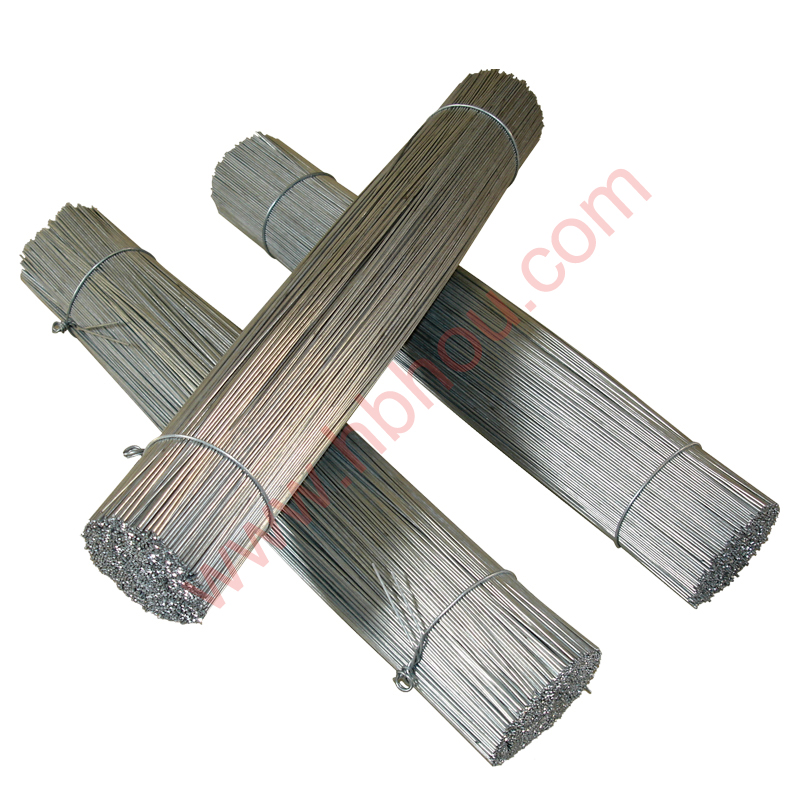Understanding Chain Link Fence End Posts A Comprehensive Guide
Chain link fences are a popular choice for both residential and commercial properties due to their durability, practicality, and cost-effectiveness. One crucial component of any chain link fence is the end post. Understanding the role of end posts is essential for anyone considering the installation of a chain link fence. In this article, we will dive deep into what end posts are, their functions, and key considerations for installation.
What Is an End Post?
An end post is a specialized vertical support structure that defines the endpoints of a chain link fence line. Typically made of galvanized steel or aluminum, end posts are designed to bear the tension and weight of the fence fabric that stretches between them. They are typically larger in diameter than the line posts, with a thicker wall to withstand the force exerted by the tensioned wire.
Functions of End Posts
1. Structural Support The primary role of an end post is to serve as a sturdy anchor for the fence line. When the chain link fabric is attached, the end post absorbs the tension applied to the fence, thereby ensuring stability and preventing sagging.
2. Transitional Points End posts act as transitional points where the fence line makes a turn or change in direction. They facilitate a seamless flow, ensuring that the chain link fence maintains its integrity without compromising the overall aesthetics.
3. Connection Points At the terminus of a fence, end posts provide secure connection points for gates and other access points, allowing for smooth functionality while safeguarding the enclosed area.
4. Enhanced Durability Given that end posts are built to withstand significant tension, they contribute to the overall longevity of the fence structure. This durability reduces the need for frequent repairs or replacements.
chain link fence end post

Key Considerations for Installation
1. Height and Size When selecting end posts, it is crucial to consider the height of the fence and the type of chain link material you are using. End posts should typically match the height of the fence to ensure uniformity and structural integrity. A common size for residential chain link fences is a 2-3/8 inch diameter end post, but larger fences may require bigger posts.
2. Depth of Installation Proper installation depth is vital for the stability of end posts. Typically, end posts should be buried a minimum of 1/3 of their total length into the ground, ideally within a concrete footing to prevent heaving due to frost or shifting soil.
3. Spacing Proper spacing between end posts and adjacent line posts is essential for maintaining the fence's tension and alignment. Generally, line posts are spaced about 10 feet apart, but this can differ based on specific fence designs and requirements.
4. Use of Tension Bands When installing your chain link fabric, use tension bands to connect the fabric to end posts securely. These bands help distribute tension evenly, reducing stress on any single point along the fence line.
5. Accessories and Hardware Make sure to invest in high-quality accessories such as gate hinges, latches, and caps for your end posts. These components play a crucial role in the functionality and durability of your chain link fence.
Conclusion
End posts are an integral part of a chain link fence system, providing essential structural support and stability. Understanding their functions and the considerations necessary for proper installation will aid in achieving a secure and long-lasting fence. Whether for a residential garden, a commercial property, or a secure industrial area, investing time in correctly setting up end posts will ensure that your chain link fence is strong, functional, and aesthetically pleasing. As you plan your fence installation, remember that the right materials, dimensions, and installation practices can make a significant difference in the performance and lifespan of your fence.
















